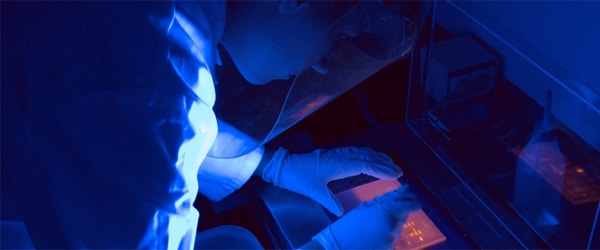How Measurement of Concentration and Purity of Nucleic Acids Works, Part I
So you’ve isolated your DNA or RNA from your favorite sample. And now, if you are anything like me, the first thing you’ll do is scramble to check the quality and concentration of your extract. You have a few different options at your disposal to perform this crucial analysis, which will let you know whether…





















